Complete Solutions to Practise exercise of chapter GENERAL ORGANIC CHEMISTRY of Class 12 book with complete answers and questions
| Class 12 | CHEMISTRY |
| Chapter | GENERAL ORGANIC CHEMISTRY |
| BITSAT GUIDE | Practise exercise |
| Number Of Questions | 56 |
| Academic Year | 2023-24 |
Which of the following are aromatic compounds ?
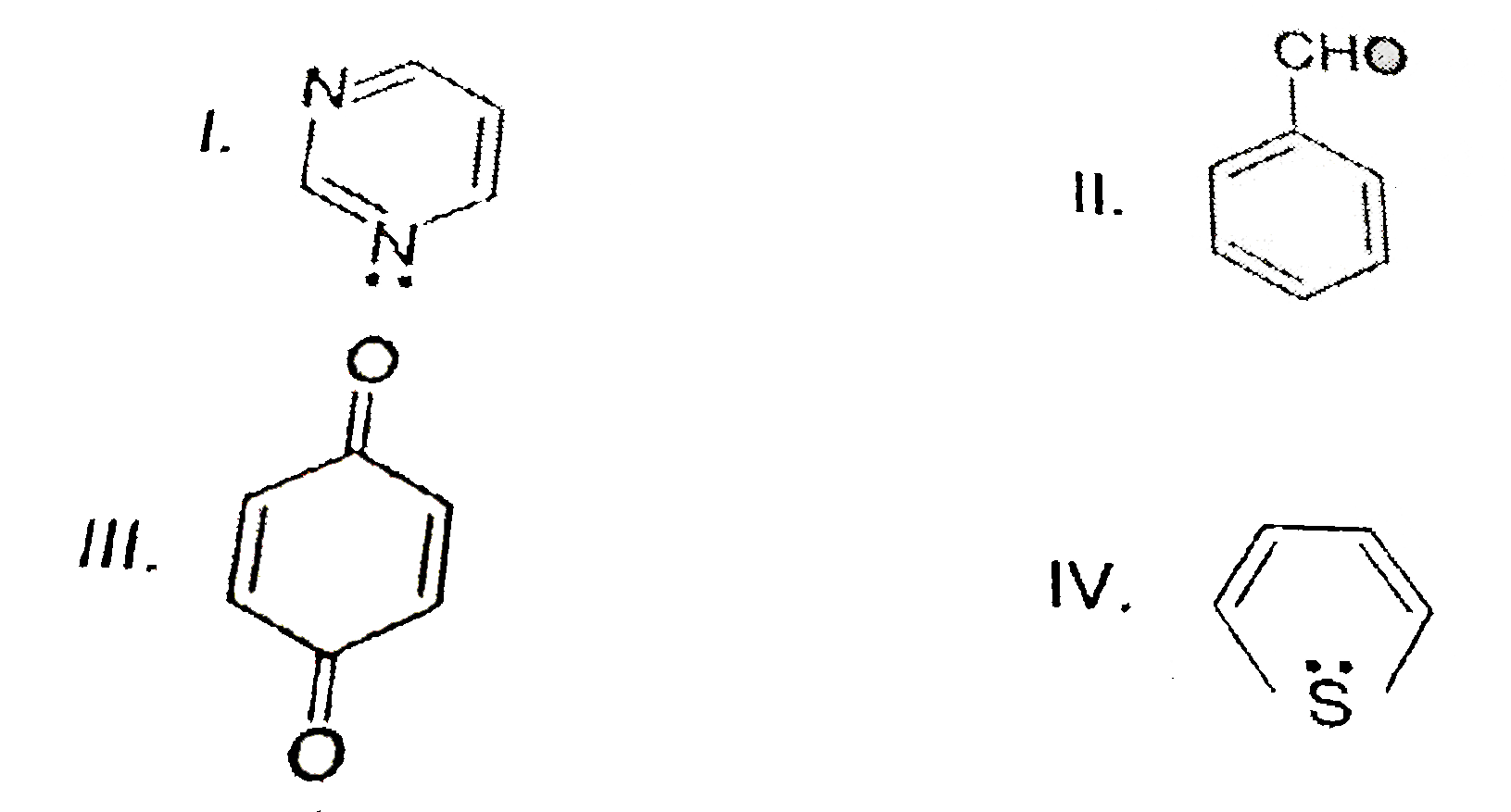 04:10View Solution
04:10View Solution`3^(@)` carbon is present in the compound
02:18View Solutionchoose the compound in which all the carbon atoms have `66.7%` p-charater.
02:48View SolutionThe bond between carbon atom (1) and carbon atom (2) in compound
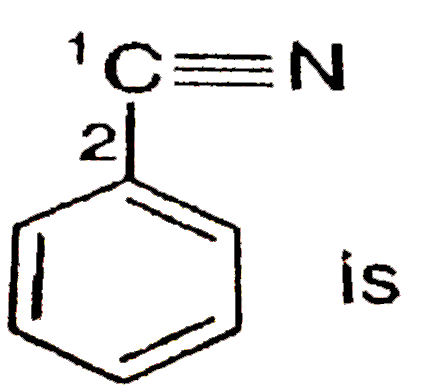 02:24View Solution
02:24View SolutionElectronegativity of carbon atoms depends upon their state of hybridisation in which of the following compounds the carbon marked asterisk, is most electronegative ?
02:48View SolutionThe hybridisation of `C_(2)` carbon atom present in
`overset(3)CH_(2)=overset(2)C=overset(1)CH_(2)`03:04View SolutionThe kind of valency that exists in `CaH_(2)` and `C_(2)H_(2)` is
02:15View Solution3 - methyloctance can be represented in which of the following forms ?
03:22View SolutionWhich of the following is a heterocyclic alicyclic compound ?
02:37View SolutionThe IUPAC name of the isomer of `CH_(3)-CH=NOH` would be
02:03View SolutionPyruvic aldehyde is nothing but
02:09View SolutionThe IUPAC name of the following compound is
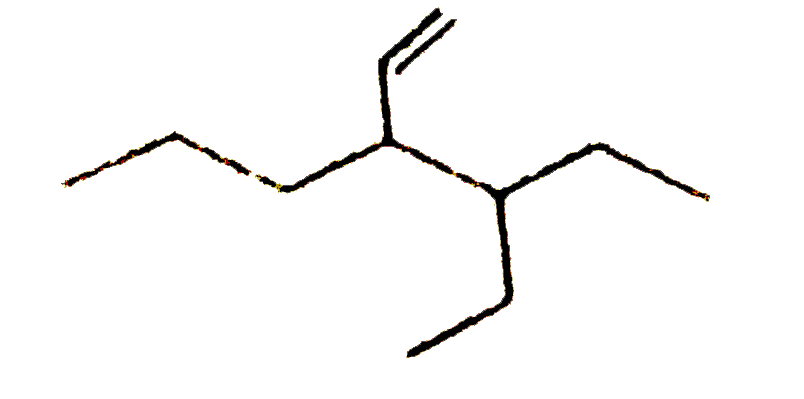 01:55View Solution
01:55View SolutionThe correct IUPAC name of
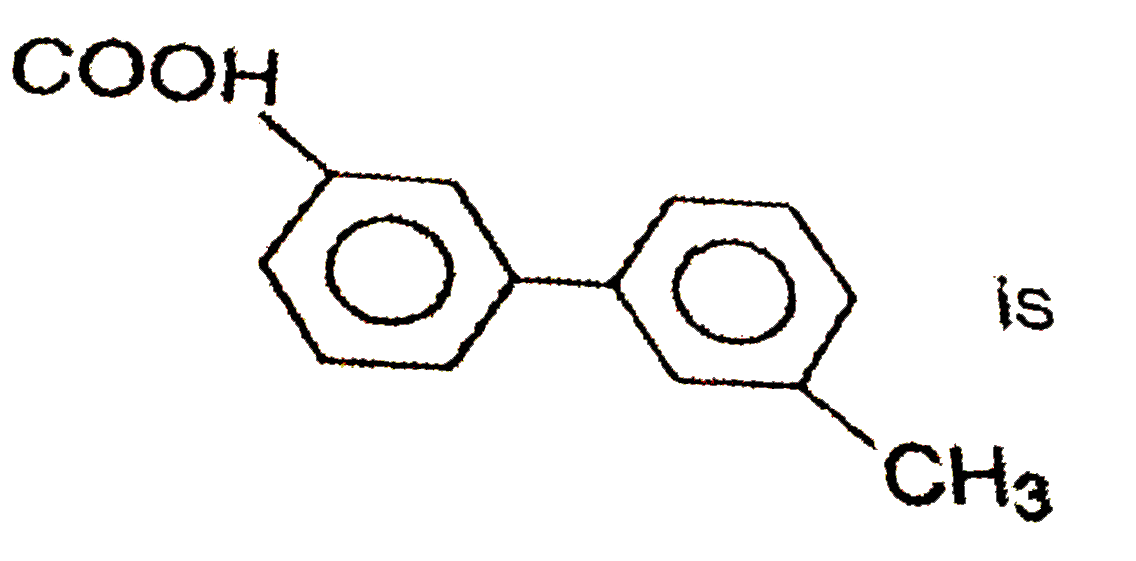 01:53View Solution
01:53View SolutionThe IUPAC name of
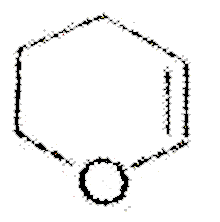 is01:53View Solution
is01:53View SolutionThe IUPAC name of the compound shown below is
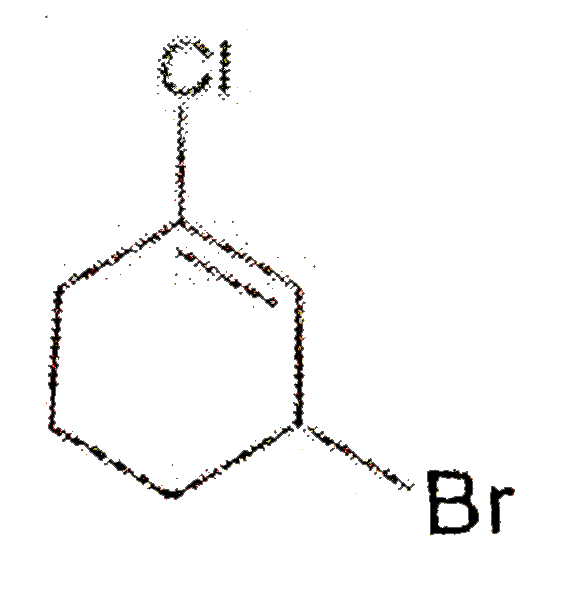 02:03View Solution
02:03View SolutionWhat is the correct IUPAC name of the following compound ?
 02:02View Solution
02:02View SolutionThe correct IUPAC name of the given structures will be
I. `CH_(3)-overset(O)overset(||)(C )-CH_(2)-CH_(2)-CH_(2)-COOH`
II. CH-=C-CH=CH-CH=CH_(2)`
Choose the correct option.04:45View SolutionThe IUPAC name of
 02:34View Solution
02:34View SolutionThe IUPAC name of
 02:18View Solution
02:18View SolutionWhich skeleton exhibit optical isomerism?
02:39View SolutionIn which isomer of `C_(7)H_(7)NO_(2)` there are two functional groups ?
02:19View SolutionThe pair of functional group isomers is
02:48View SolutionThe compound `C_(n)H_(2n)[n=4]` does not exhibit the which of the following isomerism?
02:45View SolutionGeometrical isomerism is shown by
02:01View SolutionThe compound 2,3- dichlorobutane exhibits
02:03View SolutionThe number of constitutional isomers of the formula `C_(5)H_(11)` Br is
02:53View SolutionHow many optical isomers are possible on monochlorination of 2-methyl butane?
02:30View SolutionThe structural formula of 2-oxo-3-methyl-(N-bromo) butanamide is
02:46View SolutionMatch the items of column I with the column II and choose the correct option from the codes given below.
 02:43View Solution
02:43View SolutionExample of geometrical isomerism is
02:09View SolutionAmong the following four structures I to IV
I `{:(" "CH_(3)),(" "|),(C_(2)H_(5)-CH-C_(3)H_(7)):}`
II `{:(" "O" "CH_(3)),(" || |"),(CH_(3)-C-CH-C_(2)H_(5)):}`
III `H-undersetHunderset|oversetHoverset|(C^(oplus))`
IV `overset(CH_(3))overset(|)underset(C_(2)H_(5)-CH-C_(2)H_(5)` it is true that02:51View SolutionThe correct statement about the compounds A, B and C is
 02:58View Solution
02:58View SolutionIf `overset(CH_(3)-CH-CHO)overset(|)underset(CH_(3)` Carbanion would be
02:22View SolutionIn which case, lonic mechanism is not followed ?
02:11View SolutionWhich compound is more sensitive to undergo `S_(N)` 1 reaction?
02:24View SolutionThe enolic form of acetone contains:
01:44View SolutionConsider the following carbocations
I `overset(+)underset((CH_(3))_(3)C CH_(2)`
II `(CH_(3))_(3)C^(+)`
III `{:(" " +),(CH_(3)CH_(2)CH_(2)):}`
IV `{:(" " +),(CH_(3)-CH-CH_(3)):}`
The correct order for the stability of the above carbocations is02:37View SolutionThe solvent in which enol form of ethylacetoacetate is maximum is
View SolutionWhich among the following compounds will give maximum enol content in solution?
04:29View SolutionWhat is the correct order of decreasing stability of the following cations ?
`overset(oplus)underset(CH_(3)-CH-CH_(3)`
II `overset(oplus)underset(CH_(3)-CH-OCH_(3)`
III `overset(oplus)underset(CH_(3)-CH-CH_(2)-OCH_(3)`02:07View SolutionThe increasing order of stability of the following free radicals is:
01:56View SolutionWhich one of the following species is not an electropile?
02:25View SolutionThe correct decreasing order of priority for the functional groups of organic compounds in the IUPAC system of nomenclature is
01:30View SolutionCorrect order of nucleophilicity is
02:06View SolutionConsider the following transformations
I `CH_(3)^(-) rarr`
`CH_(3)^(-) X rarr`
III `CH_(3)^(-)X rarr`
Carbon species formed in I, II and III respectively are01:59View SolutionWhich is the most stable carbocation?
01:52View SolutionSelect the correct statement about the following reaction
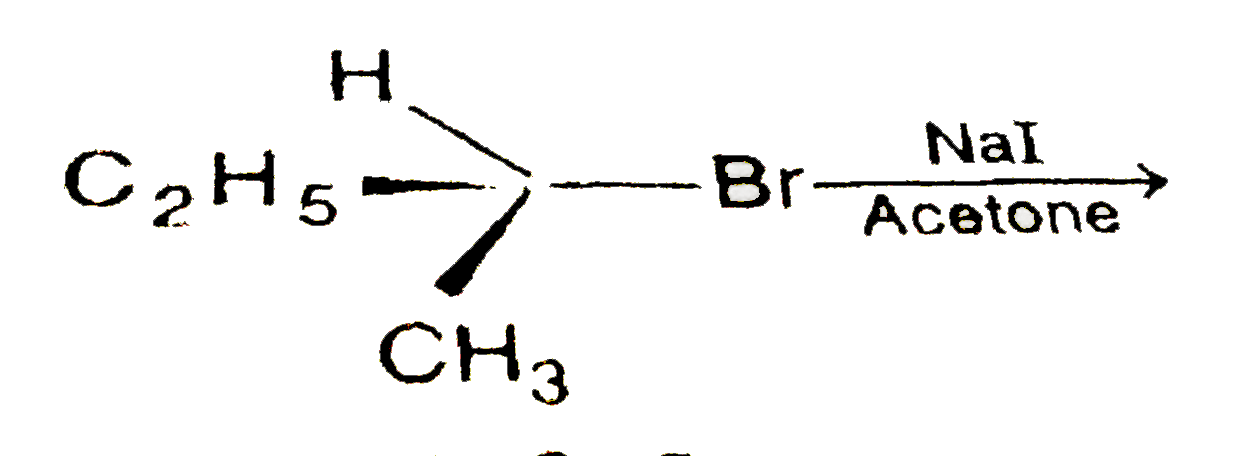 03:01View Solution
03:01View SolutionConsider the following reactions:
 View Solution
View SolutionArrange the following in increasing order of acidic strength
I. `H_(2)SO_(4)`
II. `(CH_(3))_(3)CH(SH)`
III. `CH_(3)CH_(2)^(+)OH_(2)`
IV. `CH_(3)CH_(2)CH_(3)`02:27View SolutionChoose the correct order of stability of carbocation using concept of hyperconjugation
I `CH_(3)-overset(CH_(3))overset(|)underset(CH_(3))underset(|)(C^oplus)`
II. `CH_(3)-overset(CH_(3))overset(|)underset(H)underset(|)(C^(oplus))`
III. `CH_(3)overset(oplus)CH_(2)`
IV `overset(oplus)CH_(3)`01:45View SolutionChloroacetic acid is a stronger acid than acetic acid this can be explained using
02:20View Solution`CH_(3)CH_(2)Cl` undergoes homolytic fission to produce
01:20View SolutionWhich alkenol is stable ?
01:32View SolutionWhich of the following is not a free radical ?
01:53View SolutionAmong the following, the least stable resonance structure is :
03:17View SolutionCarbocation stability
`overset+CH_(3)ltCH_(3)overset+CH_(2)lt(CH_(3))_(2)overset+CH lt (CH_(3))_(3)overset+C:`
Alkyl radical stability02:09View Solution
Practise exercise questions and complete solutions for chapter GENERAL ORGANIC CHEMISTRY of BITSAT GUIDE of Class 12
